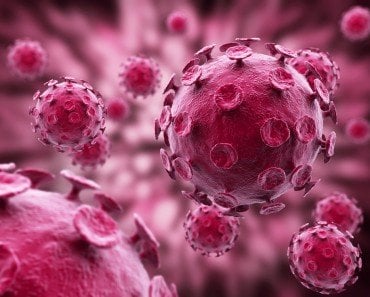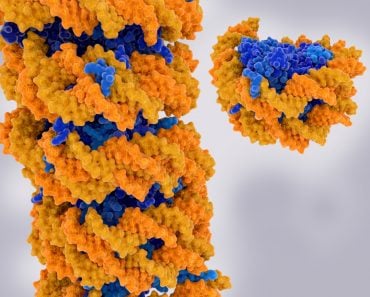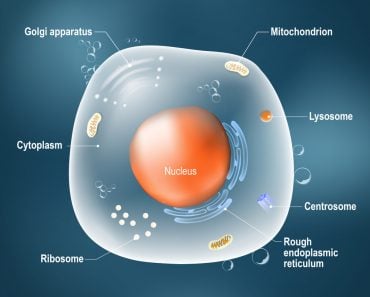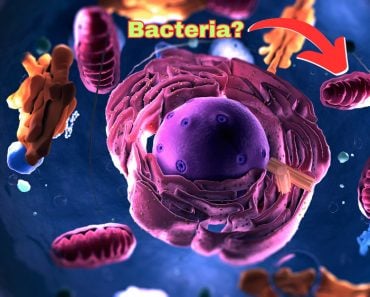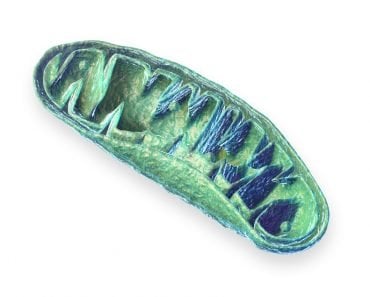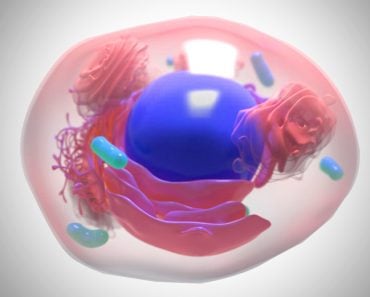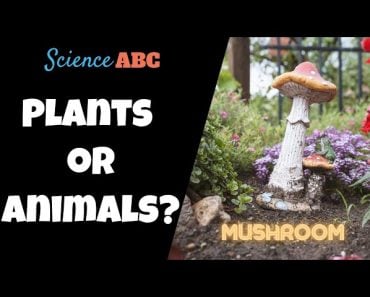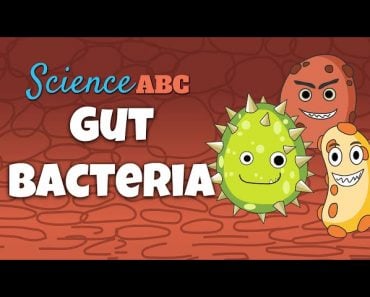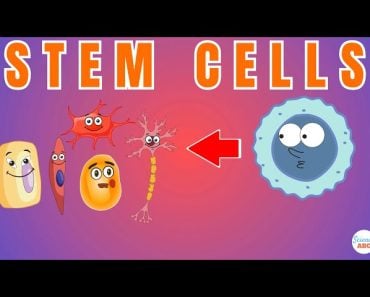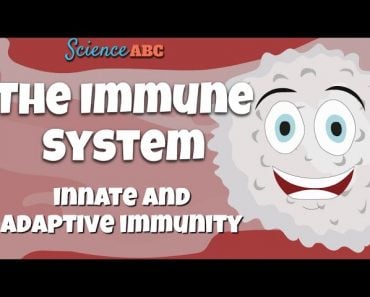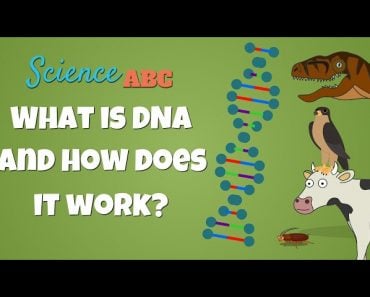Table of Contents (click to expand)
Plasmids are small, circular pieces of DNA that are found in both prokaryotic and eukaryotic cells. These pieces of DNA are important because they can confer special abilities to the cell, such as antibiotic resistance or the ability to break down complex sugars. Plasmids can also be used as vectors in recombinant DNA technology, which is used to create new and desired variations of DNA.
Prokaryotes are a primitive version of cells, while eukaryotes are the more evolved versions. One of the defining features of prokaryotes is the presence of plasmids, which leads to the obvious question…
Recommended Video for you:
What Is A Plasmid?
Technically, plasmids are defined as usually circular, double-stranded extrachromosomal DNA. As we know, every cell has a nucleus or nuclear region that contains all the genetic material of the cell. Prokaryotic cells, and some eukaryotic cells, possess extra DNA that is separate from the DNA in their nuclear region. Logically, this extra DNA is called ‘extrachromosomal’. It is double-stranded and usually circular, meaning that it joins to form a circle, and does not exist as a single line.
Plasmids are brilliant entities and can confer some very fancy abilities to the cell, including virulence (the ability of a cell to be a better, or more potent pathogen), antibiotic resistance, ability to breakdown non-consumable substances, etc. These can either be incorporated – temporarily or permanently – into the main DNA of the cell, or it can remain as extra genetic material.
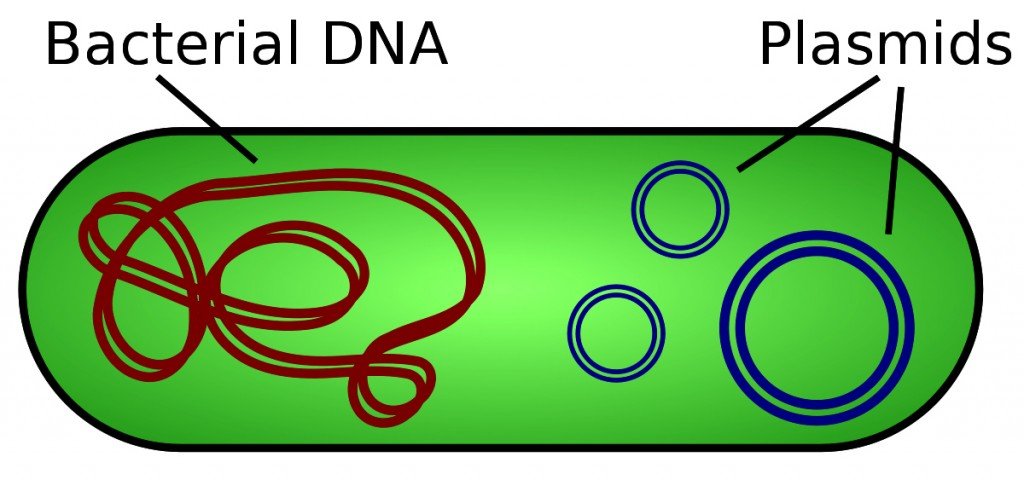
Types Of Plasmids
Plasmids can be classified into various categories, but the most commonly known classification is based on their functions. According to this, they are divided into 5 different types – fertility plasmids, resistance plasmids, col plasmids, virulence plasmids and metabolic or degradative plasmids.
Bacterial cells don’t have genders, but cells that have fertility plasmids, or F plasmids, can form pili, which are tiny tube-like structures, and connect to a neighboring cell. This allows the transfer of genetic material from the cell to its neighbor. Therefore, it confers the status of “male” to that bacterial cell in a process called conjugation.
Resistance plasmids contain genes that endow that cell with resistance to antibiotics, or other growth-inhibiting substances. Cells with R plasmids usually produce substances that can destroy the inhibiting factor, thus increasing their survival rate. At times, these plasmids can spread widely in a generation. As expected, these R plasmids are not favorable to humans or other animals to which these cells can be pathogenic.
Col plasmids are an interesting category of plasmids. These confer upon their host the ability to kill other organisms of its own kind. Col plasmids code for substances that can destroy other bacteria by increasing the permeability of their cell membrane, affecting their DNA or RNA, etc. However, these skills can only be used by a bacterium against similar species. For instance, E. coli has col plasmids that produce colicins. These can only be used to kill other strains of E. coli. Some of the plasmids also produce bacteriocins, which can be used to used kill organisms belonging to the Enterobacter species.
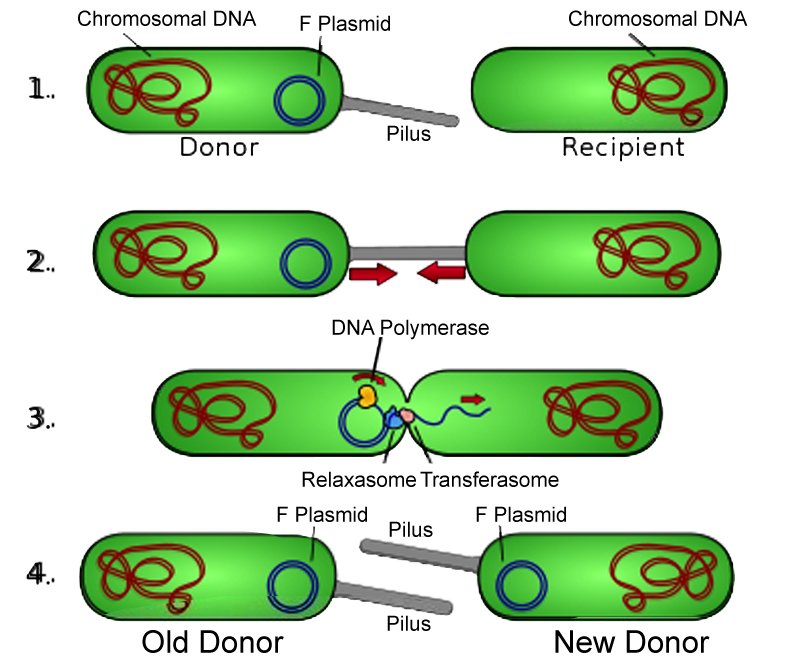
The next type of plasmids are the virulence plasmids. As you can likely deduce from the name, these plasmids provide or increase the virulence factor of bacteria. Virulence is a measure of how harmful an organism is. For instance, not all strains of E. coli are dangerous and disease causing, but there are some species that possess virulence plasmids and can cause diseases like diarrhea.
The final type of plasmids are the metabolic or degradative plasmids. These give cells the ability to break down substances like sugars, or toluene, etc. These plasmids can come in very handy for the cell. For instance, the cell may be able to break down a complex substance into simpler molecules, which can be a source of usable energy for the cell.
Plasmid Vectors
Recombinant DNA technology is an essential method for bringing about desirable changes in the DNA of organisms. Going over the process briefly – DNA fragments from one organism are added to a segment known as vector DNA, which leads to the formation of recombinant DNA. This can be added in other organisms, thereby creating variations not normally found in nature. It can be used in cross-species genetics, in the curing of diseases, making multiple copies of segments of genes, etc.
An important part of the process of creating recombinant DNA is the choice of the vector. Here, it is important to note that most commonly, recombinant DNA is used in modifying organisms like bacteria, yeast, etc. For this reason, plasmids are an excellent choice for vectors. Plasmids can either replicate along with the cell during normal cell division or they can replicate on their own. It’s easy to isolate them from their host cell. Another factor used during recombinant DNA is markers. Markers are DNA fragments that are attached to the vector. These are helpful in marking which host cells have taken up the recombinant DNA, as they usually bring about a distinctly noticeable change, like a change in color, new resistance to a particular antibiotic, etc. Attaching such markers on plasmids is easy, which again makes them a good choice as vectors.
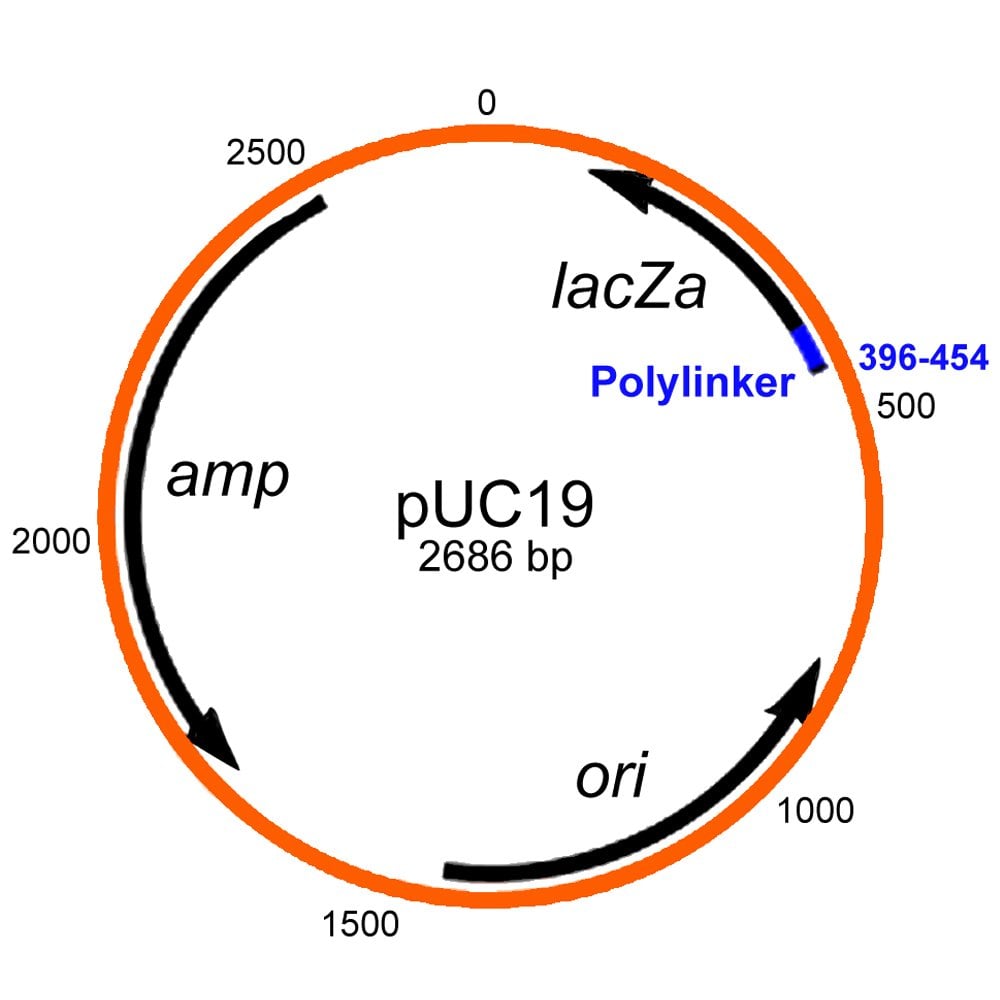
Another critical factor that makes them good vectors is the presence of certain regions required for recombinant DNA, such as origin of replication, selectable markers, etc.
Plasmids are small in size, up to a maximum of 1000kbs. These characteristics make plasmids a gift for molecular biologists, as they are relatively easy to study and manipulate. For that reason, they are commonly used in genetic engineering and other related fields, helping to drive technology and knowledge forward!

